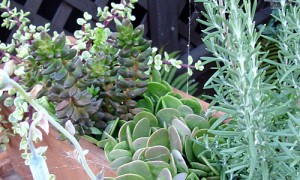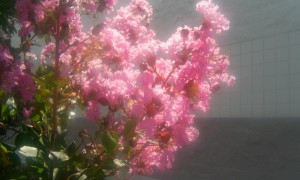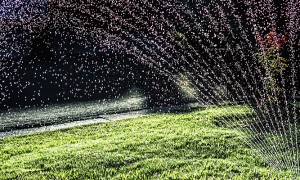In the heat of the summer, Dallas residents tend to live more casually, seeking out pools and water parks for outdoor activities and wishing for cooling shade and easy landscaping. A shady spot in the yard is always welcome, and pretty flowers add to everyone’s enjoyment. With a little knowledge and some savvy planning, local gardeners can develop lush landscape techniques and exert minimal effort to keep greenery thriving while minimizing water consumption. After all, who wants to do yard work when sitting with a cool lemonade is an alternative?
The Heat Doesn’t Last Forever
North Texas seasons, while sometimes hard to delineate, do exist. Summer annuals that tolerate heat and sun do not always winter well in the Zone 7-8 cold that characterizes this area. Dallas-Fort Worth is on the border as far as horticultural zones go. Sometimes planting is based more on luck than science, soils tend to vary from one neighborhood to the next, and rain is always uncertain. But once plants are established, the ongoing care tends to be minimal.
In a new home, the first thought might be for trees. Older neighborhoods with their green canopies feel cooler in the Texas heat. When planting new trees, however, most experts recommend passing on the fastest growing species because they are more prone to pests and disease. They recommend six- to nine-foot trees, which are hardier and recover quickly from transplant stress. These adapt quickly to a new location and should be well-established after a season or two. Good choices that do well in this area are oak, elm, cedar, and maple trees, as well as cypress, juniper, and holly. Crepe myrtles, which bear figs and flowers ranging from white to deep garnet, are also a good choice.
It’s a Varied Area
When planning landscape techniques, area residents must consider soil conditions, seasonal hardiness, and water requirements. With periodic water restrictions in force, conservation is not only smart, it is sometimes required.
Several varieties of shrubs, flowering plants, and evergreens will transition from summer to winter. Hardy nandina is universally favored for its colorful display, its size options, and its drought tolerance. For the most part, however, the flowers that are so beautiful in gardens during the summer sun and heat will not survive the winter. For this reason, container gardening has become a popular method of providing color and variety year round.
A horticulturist at Ruibal’s near the Farmers Market in Downtown Dallas notes that numerous plants will tolerate the heat; many, however, require shade or partial sun. There are a few that thrive in full sun, offer a showy display, and don’t even drink too much! One such specimen is a perennial hibiscus with one-day blooms almost the size of dinner plates. It will grow to be six feet tall in about three years. But “in the winter,” the horticulturist advises, “plant pansies.”
Native Species Are Good Choices
Native species tend to be colorful flowers on trailing vines, much like wildflowers and waving grasses that are reminiscent of the Texas prairie. Most require watering every third day. There are colorful coleuses that thrive in the heat, but don’t like sun. Plant them under a shady tree to add dimension to the garden. Yellow-flowering lantana is a stalwart plant that attracts butterflies, grows in almost all soil conditions, and requires little care.
There is a multitude of options. One of the best for the summer months may be just sitting on a bench watching your garden grow.
Photo Source: Flickr
[cf]skyword_tracking_tag[/cf]







[…] Utilize Various Landscape Techniques to Add Color, Provide Shade, Enhance Property, and Conserve Wat… […]